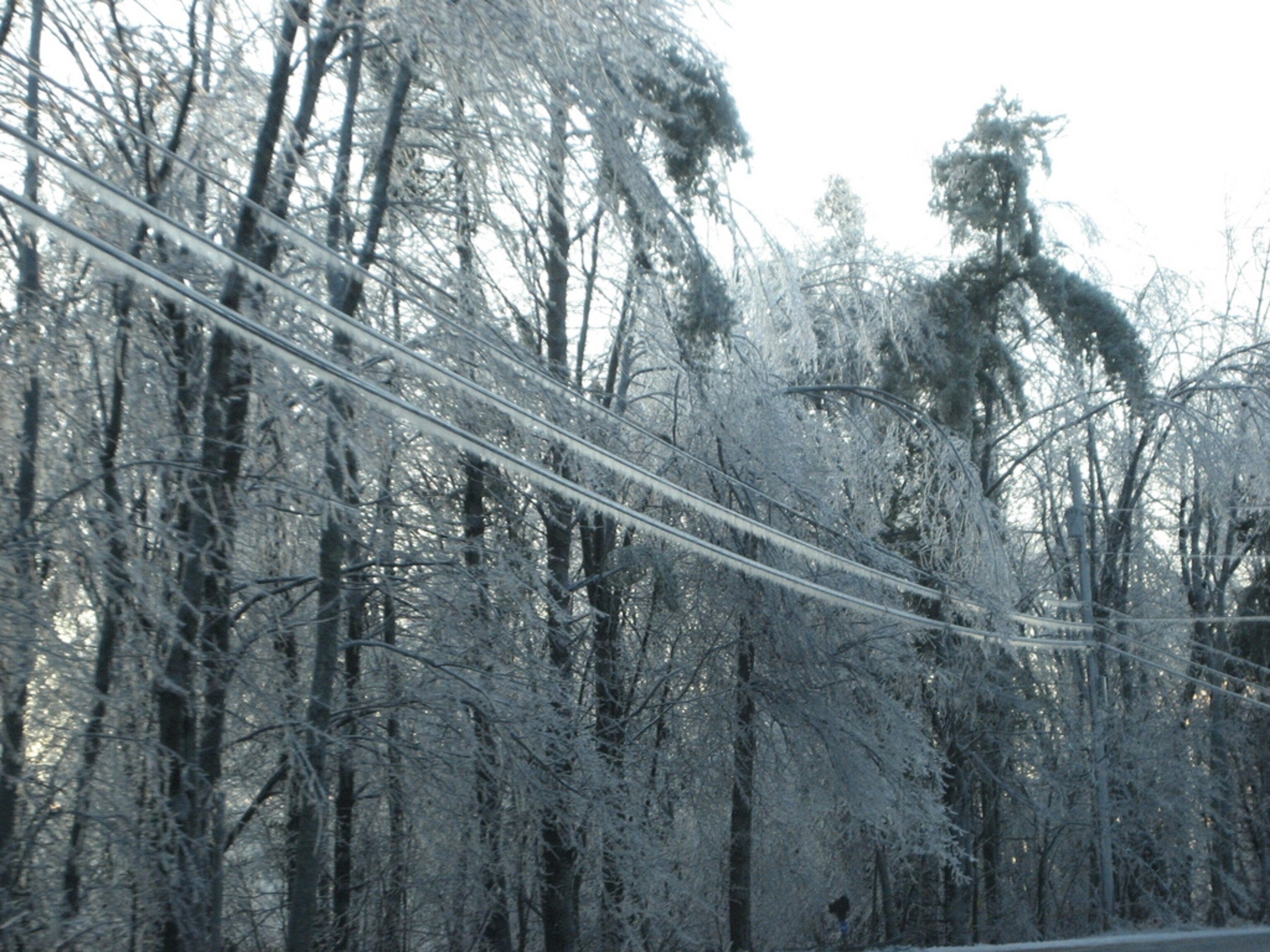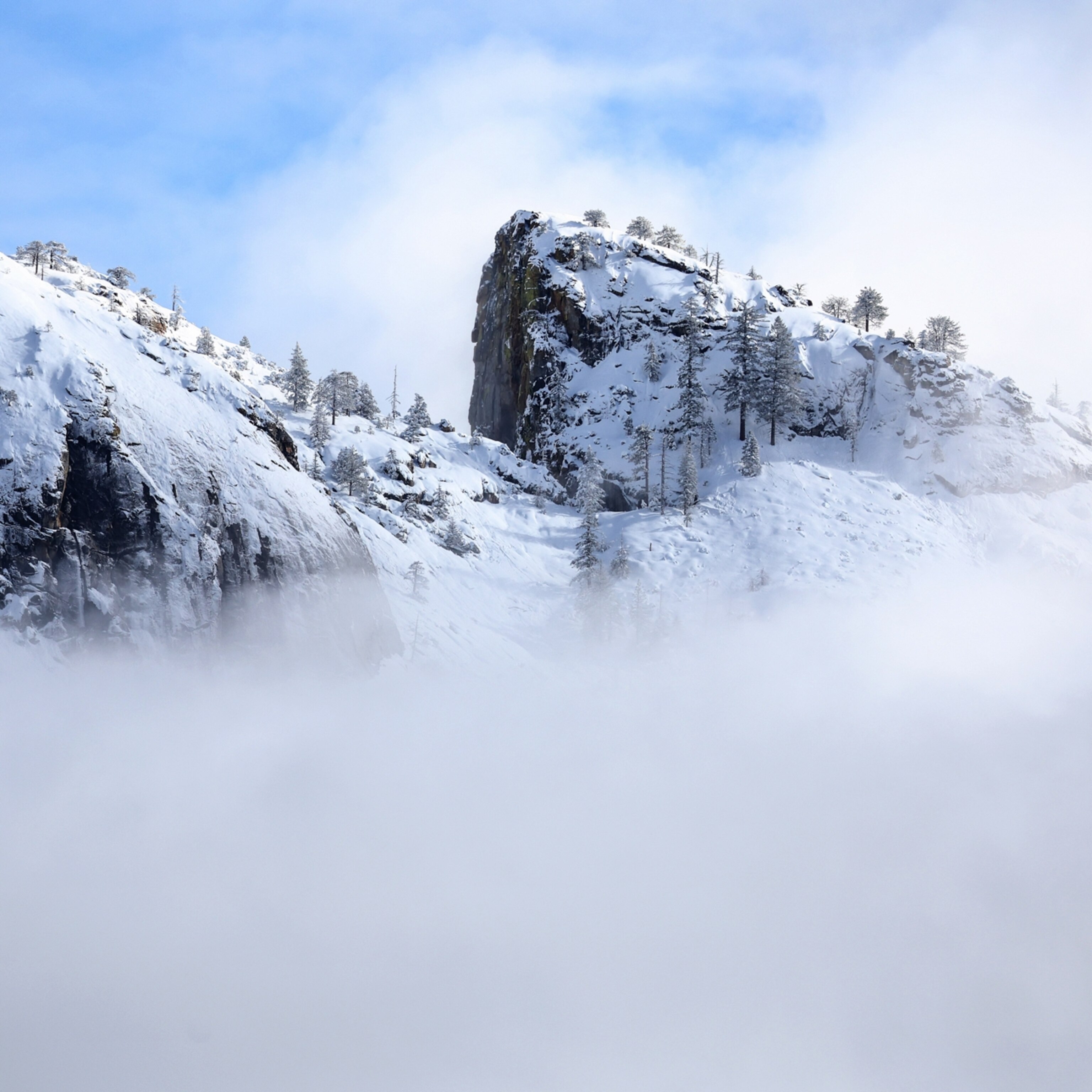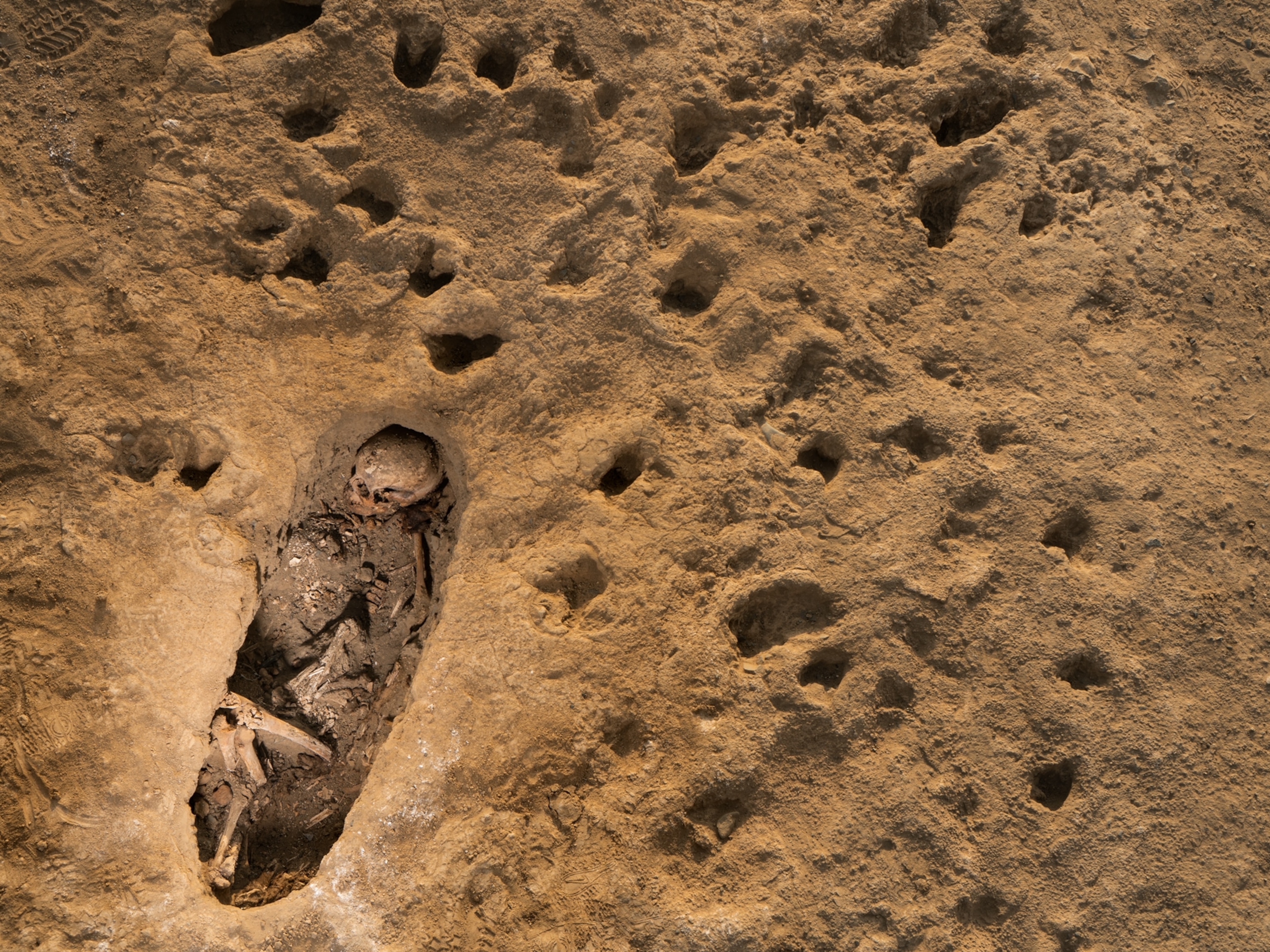The extreme cold temperatures experienced by a large part of the United States this month have highlighted the vulnerability of power systems equipment in such extreme weather. This week’s snowstorm led to power outages in the Northeast, but cold weather alone can be enough to cause problems: The Tennessee Valley Authority, which serves 9 million people in the Southeast, urged customers Thursday to conserve energy to prevent a cold-weather outage. The average person might ask, why would my power go out when it’s just cold outside?
The electric system consists of thousands of components that are mostly electromechanical, with lots of moving parts. Like your car, these systems work best when they operate in the middle of the temperature and moisture/humidity range they were designed for. When they are new, these devices are designed and rated to operate correctly in even extreme temperatures. But as they age—and much of our infrastructure is already operating well beyond the life span for which it was designed—they may not operate well in extreme conditions. (See related quiz: “What You Don’t Know About Electricity.”)
Most of the time, when power system equipment is subjected to extreme cold or hot weather, all is well as long as it is not subjected to stress. When it gets too cold, hot, or moist, many of these devices operate slower, faster, or less predictably than they normally would—especially when they are called upon to perform really hard work, such as a circuit breaker or switch opening fast enough to protect the system from a short circuit caused by a tree branch falling on a line. (See related blog post: “‘American Blackout’: Four Real-Life Threats to the Electric Grid.”)
Anyone who has lost electricity during a storm with high winds knows that trees and other nearby items can pose a threat to power lines. But even if there is no snow and ice to send branches tumbling onto the above-ground lines, tree roots can cause problems by providing a pathway for ice to build up around lines underground. In both cases the lines are already stiffer than usual from the cold, making them more vulnerable. (See related blog post: “Preparing for the Zombie Apocalypse: Are Microgrids Our Only Chance?“)
Wind can also cause malfunctions in the system by blowing tree limbs into lines or rocking trees hard enough to have the roots of the trees rub against the underground lines. In our survey of utility outage causes, over 40 percent of outages come from trees, and another 20 percent come from animals. In cold weather, a warm transformer can be very inviting to a small animal or bird, which can result in malfunctions.
Another issue with extreme temperatures is that consumer demand for energy is usually higher. Heat pumps are operating almost continuously, emergency heat systems and electric space heaters may be running concurrently, and other behaviors occur that cause the energy demand to increase substantially. If temperature extremes are worse than forecast and/or happen faster than forecast, the utilities may not have planned for or had enough time to bring sufficient generation online to support the demand. This can result in local or widespread overloads that may cause service to some neighborhoods to go offline automatically or switch to rotating blackouts.
In an age when more homeowners are using solar panels to generate their own electricity, bad weather usually limits the output of these devices and increases the amount of energy the utility must supply, making the problem even worse. Self-generation of electricity by customers essentially hides the true energy demand of a residence or building from the utility, making it difficult for them to know how much energy they must be able to supply instantaneously when those self-generation sources go offline or are substantially reduced.
The power system in Texas experienced all of these problems during the extreme cold weather earlier in January. The severe cold at some power plants interfered with the proper operation of sensors, hydraulic lines, and other electromechanical support equipment, resulting in some plants shutting themselves down. This lack of generation, coupled with an extremely high energy demand, caused ERCOT, the Texas system operator, to issue an energy alert the morning of January 6 asking customers to conserve energy—they were on the verge of rotating blackouts. Thankfully, the careful planning and conservative operating practices of the system operator allowed it to ride through these challenges.
There are many things that utilities can do to minimize the impact of extreme cold or hot weather on power system operation. Ensuring that power plants are properly insulated so that their support equipment is working is one item noted in Texas that could be done better. Replacing aging infrastructure, adding additional status monitoring equipment, and improving load forecasting for given weather environments can also help.
All of these measures come at a cost—especially the replacement of aging infrastructure—and unfortunately, few are willing to see their electricity rates go up to pay for such improvements. At some point, aging infrastructure starts to fail more often and more catastrophically, resulting in more inconvenience for longer periods of time at much higher cost.
By the time a critical mass of the public and regulatory officials realize it, it may be too late to upgrade efficiently. We all could pay a premium for the more expensive, last-minute fix.
Erich Gunther is an IEEE (Institute of Electrical And Electronics Engineers) Fellow, board member of the IEEE Power and Energy Society and co-founder and chief technical officer for EnerNex, an electric power research, engineering, and consulting firm.
You May Also Like
Go Further
Animals
- Soy, skim … spider. Are any of these technically milk?Soy, skim … spider. Are any of these technically milk?
- This pristine piece of the Amazon shows nature’s resilienceThis pristine piece of the Amazon shows nature’s resilience
- Octopuses have a lot of secrets. Can you guess 8 of them?
- Animals
- Feature
Octopuses have a lot of secrets. Can you guess 8 of them? - This biologist and her rescue dog help protect bears in the AndesThis biologist and her rescue dog help protect bears in the Andes
Environment
- This pristine piece of the Amazon shows nature’s resilienceThis pristine piece of the Amazon shows nature’s resilience
- Listen to 30 years of climate change transformed into haunting musicListen to 30 years of climate change transformed into haunting music
- This ancient society tried to stop El Niño—with child sacrificeThis ancient society tried to stop El Niño—with child sacrifice
- U.S. plans to clean its drinking water. What does that mean?U.S. plans to clean its drinking water. What does that mean?
History & Culture
- Beauty is pain—at least it was in 17th-century SpainBeauty is pain—at least it was in 17th-century Spain
- The real spies who inspired ‘The Ministry of Ungentlemanly Warfare’The real spies who inspired ‘The Ministry of Ungentlemanly Warfare’
- Heard of Zoroastrianism? The religion still has fervent followersHeard of Zoroastrianism? The religion still has fervent followers
- Strange clues in a Maya temple reveal a fiery political dramaStrange clues in a Maya temple reveal a fiery political drama
- How technology is revealing secrets in these ancient scrollsHow technology is revealing secrets in these ancient scrolls
Science
- Soy, skim … spider. Are any of these technically milk?Soy, skim … spider. Are any of these technically milk?
- Can aspirin help protect against colorectal cancers?Can aspirin help protect against colorectal cancers?
- The unexpected health benefits of Ozempic and MounjaroThe unexpected health benefits of Ozempic and Mounjaro
- Do you have an inner monologue? Here’s what it reveals about you.Do you have an inner monologue? Here’s what it reveals about you.
- Jupiter’s volcanic moon Io has been erupting for billions of yearsJupiter’s volcanic moon Io has been erupting for billions of years
Travel
- This chef is taking Indian cuisine in a bold new directionThis chef is taking Indian cuisine in a bold new direction
- On the path of Latin America's greatest wildlife migrationOn the path of Latin America's greatest wildlife migration
- Everything you need to know about Everglades National ParkEverything you need to know about Everglades National Park
- Spend a night at the museum at these 7 spots around the worldSpend a night at the museum at these 7 spots around the world








